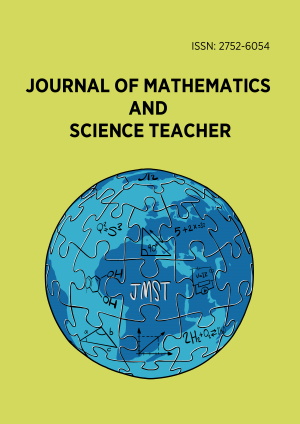Abstract
University entrance exams (UEEs) play a crucial role in higher education admissions worldwide, influencing curriculum design and teaching practices. This study examines the mathematics questions in UEEs in Iran, Turkey, and the USA from 2021 to 2024, comparing their content based on National Council of Teachers of Mathematics strands and Cognitive Demand Level framework. The results of the study showed that algebra comprised a higher percentage of questions compared to other content areas across all the countries. Additionally, the UEEs questions in all three countries predominantly consisted of procedural-level questions (either procedures without connections or procedures with connections). Based on these findings, suggestions and recommendations were provided to enhance the balance of question types and promote deeper conceptual understanding in assessments.
License
This is an open access article distributed under the Creative Commons Attribution License which permits unrestricted use, distribution, and reproduction in any medium, provided the original work is properly cited.
Article Type: Research Article
Journal of Mathematics and Science Teacher, Volume 5, Issue 3, 2025, Article No: em084
https://doi.org/10.29333/mathsciteacher/16847
Publication date: 02 Sep 2025
Article Views: 879
Article Downloads: 2938
Open Access References How to cite this article
 Full Text (PDF)
Full Text (PDF)